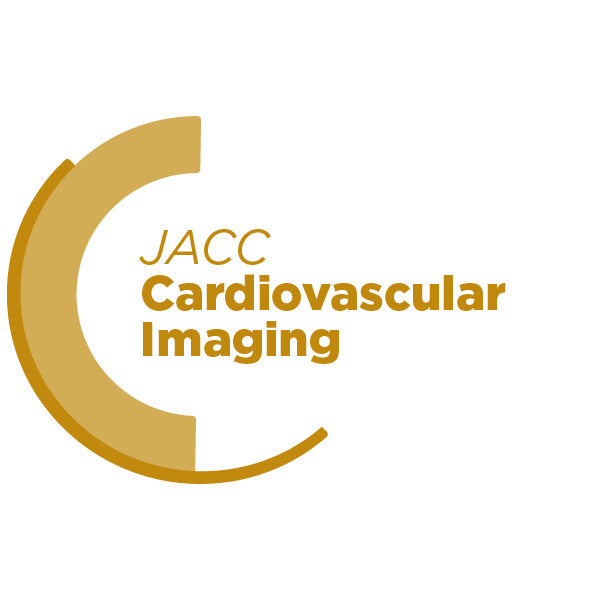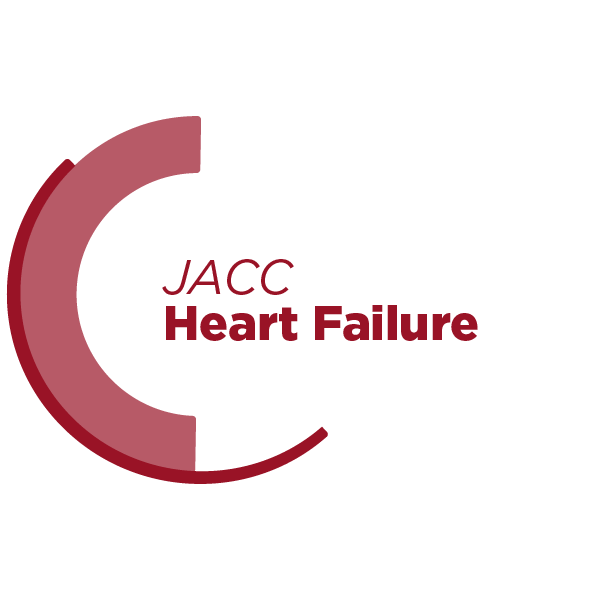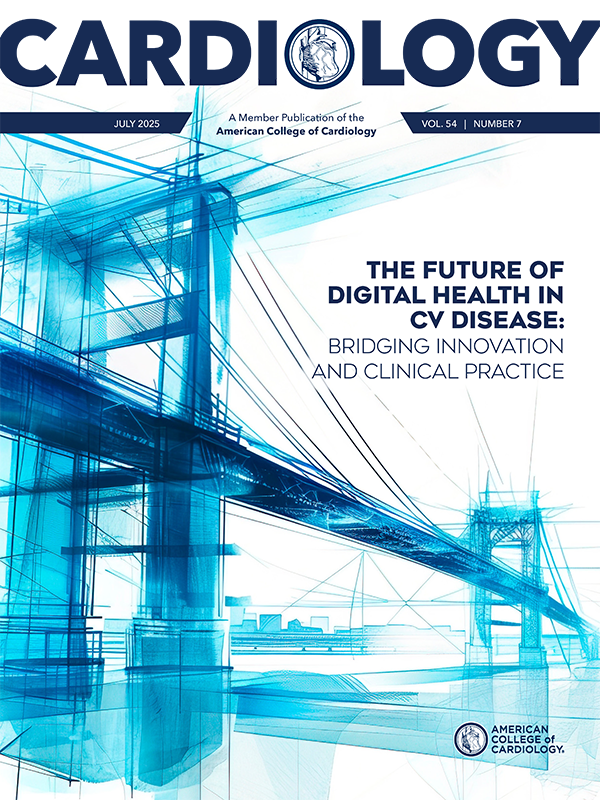JACC in a Flash | Vutrisiran in ATTR-CM; Tirzepatide in T2D
Featured topics and Editors' Picks from all of ACC's JACC Journals.

Studies exploring the association between vutrisiran and all-cause mortality and the prognostic information gleaned from serum transthyretin (sTTR) levels in patients with transthyretin amyloid cardiomyopathy (ATTR-CM), using data from the HELIOS-B and ATTRibute-CM trials respectively, were published in a JACC Special Focus Issue on cardiac amyloidosis.

Cardiac amyloidosis is no longer untreatable and a special focus issue of JACC captures this momentum, says Editor-in-Chief Harlan M. Krumholz, MD, SM, FACC.
What's inside? Original research on gene silencing, TTR stabilization and biomarkers that predict survival, and exploration of how disease-modifying therapies like vutrisiran and acoramidis are reshaping outcomes, and what's next in imaging, intervention and patient care. Together with expert editorials and case-based insights, this is essential reading for anyone treating or studying this rapidly evolving field.
And learn on the go with the JACC Deep Dive podcast that explores the impact of vutrisiran on functional capacity and quality of life in trsansthyretin amyloidosis with cardiomyopathy.

The dual GIP/GLP-1 receptor agonist tirzepatide is effective in improving cardiometabolic abnormalities and resolving metabolic syndrome (MetS) in patients with type 2 diabetes (T2D) compared to placebo or standard antihyperglycemic therapies according to a new pooled analysis published in JACC.

Cardiovascular magnetic resonance (CMR) imaging was able to detect longer myocardial T2, higher extracellular volume (ECV) fraction and worse myocardial dynamics, including impaired strain, before significant decline in left ventricular (LV) systolic function in carriers of LMNA (Lamin) dilated cardiomyopathy (DCM). Furthermore, the CMR-derived biomarkers of fibrosis (based on ECV) and strain are prognostic for major adverse cardiovascular events (MACE) during the disease's progression, according to a new study published in JACC: Cardiovascular Imaging.

Conduction system pacing (CSP) was noninferior to biventricular pacing (BiVP) in achieving clinical and echocardiographic response, suggesting that CSP could be an alternative to BiVP, according to results from the CONSYST-CRT trial published in JACC: Clinical Electrophysiology.

Withdrawal of other heart failure treatment while maintaining carvedilol as a single therapy did not worsen left ventricular (LV) function compared to usual treatment at 52 weeks in patients with heart failure with improved ejection fraction (HFimpEF), according to a brief report on the CATHEDRAL-HF trial published in JACC: Heart Failure.
Clinical Topics: Arrhythmias and Clinical EP, Diabetes and Cardiometabolic Disease, Heart Failure and Cardiomyopathies, Noninvasive Imaging, Implantable Devices, SCD/Ventricular Arrhythmias, Atrial Fibrillation/Supraventricular Arrhythmias, Statins, Acute Heart Failure, Echocardiography/Ultrasound
Keywords: Cardiology Magazine, ACC Publications, Adrenergic beta-Antagonists, Heart Failure, Carvedilol, Echocardiography, Electrophysiology, Cardiac Resynchronization Therapy, Fibrosis, Lamins, Disease Progression, Magnetic Resonance Spectroscopy, Cardiomyopathy, Dilated, Metabolic Syndrome, Diabetes Mellitus, Type 2, Glucagon-Like Peptide Receptors, Body Mass Index, Prealbumin, Cardiomyopathies, RNA Interference, Amyloid Neuropathies, Amyloidosis, Familial
